Creativity in the Classroom
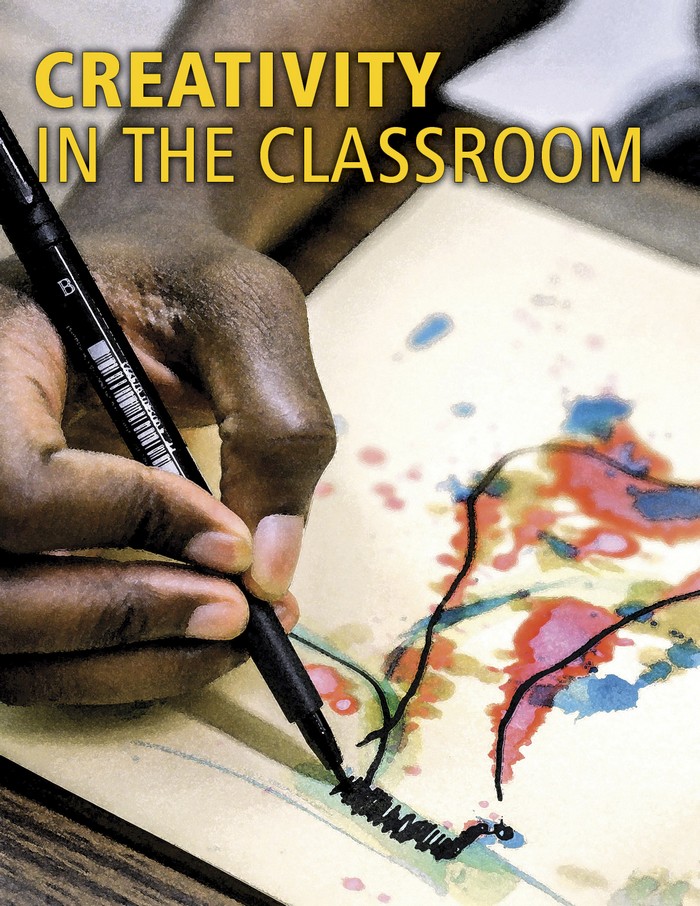
Spirit of Academic Innovation
Continues at Siena Heights
By Doug Goodenough
Creativity has always been a calling card in the Siena Heights classroom over the years.
In Siena’s earlier days, it was educating Adrian Dominican Sisters over the summer months to keep them teaching in elementary and high schools during the fall, winter and spring.
In the 1960s it was the genesis of the Creative Stages youth theater program that blazed new trails and connected education to performing arts like never before.
The 1970s had Siena Heights leaving the Adrian campus to teach adult and nontraditional students across Michigan and beyond.
Today, that spirit of innovation continues. One course fuses a familiar concept—food—with one a little harder to grasp—chemistry. Another combines the endless possibilities of creative writing with the new and evolving visual arts in a true liberal arts collaboration.
What it means for the Siena Heights student is learning in new—and sometimes fun—ways.
Comix and the Graphic Novel: Art and Creative Writing Join Forces
What happens when a Mad Scientist and a zerbeTRON get together? One interesting course that combines creative writing with graphic and visual design. This fall, Assistant Professor of English Alexander Weinstein and Assistant Professor of Art Erin Zerbe are joining forces to teach Comix and the Graphic Novel course.
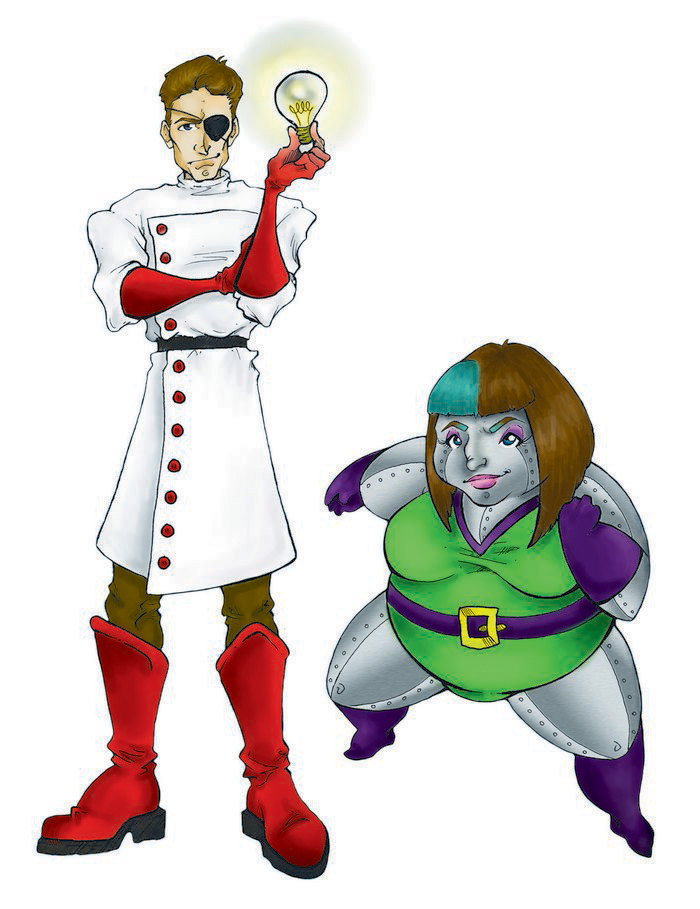
“Alexander actually approached me about teaching the course,” said Zerbe, aka “zerbeTRON.” “We’ve talked extensively about the similarities between the creative writing process and the visual arts process, so this seemed like a perfect opportunity to help our students bridge the gap and explore creativity in new and challenging ways.”
“While originally the idea was for it to be a literature course, I thought making it a creative writing and art workshop would be really exciting for students,” Weinstein said. “Students would not merely be reading the works of great artists and writers, but learning to make their own comics!”
Both share a love of comic books, and decided to co-teach the class, which filled quickly last spring. The course provides critical analysis of comics as a medium, as well as an intensive exploration of the many aspects of writing, drawing, editing and publishing comics and graphic narratives. Students will create their own comic book in a “workshop environment.”
“It’s totally a democratic space,” Zerbe said of the classroom dynamic. “We split the class time and share in leading lectures, demos and discussions. This allows us to learn from each other, while also pushing the students to explore their ideas.”
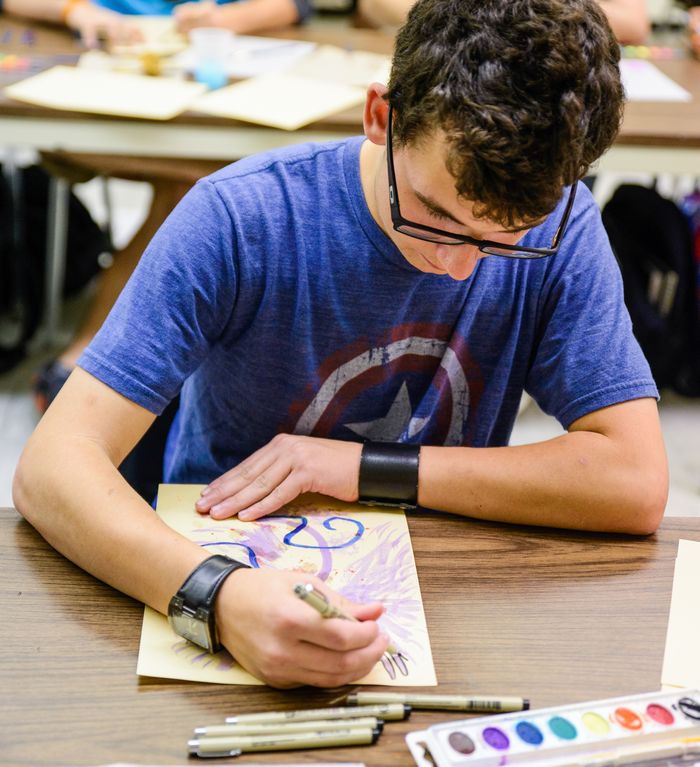
Zerbe, who has extensive experience in animation, film and gaming, complements Weinstein, who is an award-winning creative writer who founded and directs the prestigious Martha’s Vineyard Institute of Creative Writing.
“During class I always participate in the writing prompts, and I feel that having Alex’s expertise to guide me in something I’m not good at (writing) shows a vulnerability to the students,” Zerbe said.
“I teach topics including character development, heroes and villains, setting, dialogue, perspective and language play,” Weinstein said. “My main goals are to help students tap into the power of their own personal stories, and to teach them the skills to put these stories into words.”
They said creative problem-solving is one of the primary objectives of the course, as well as collaboration.
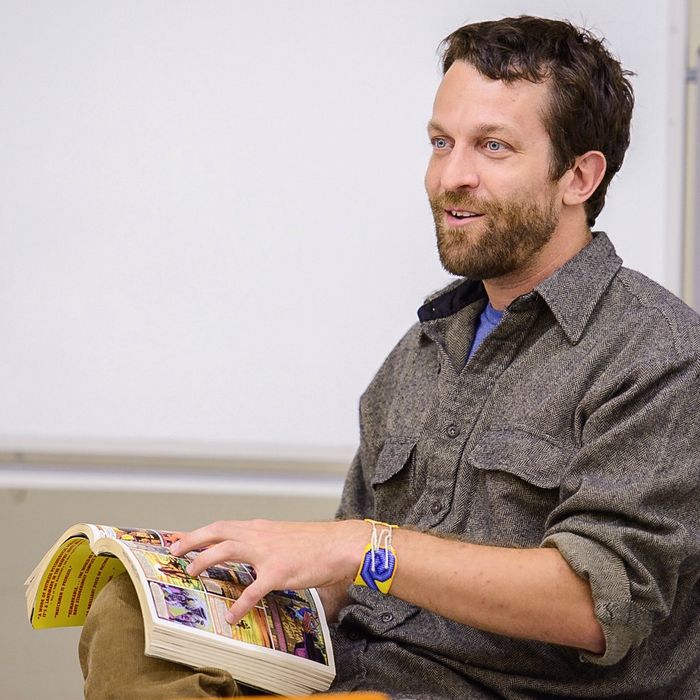
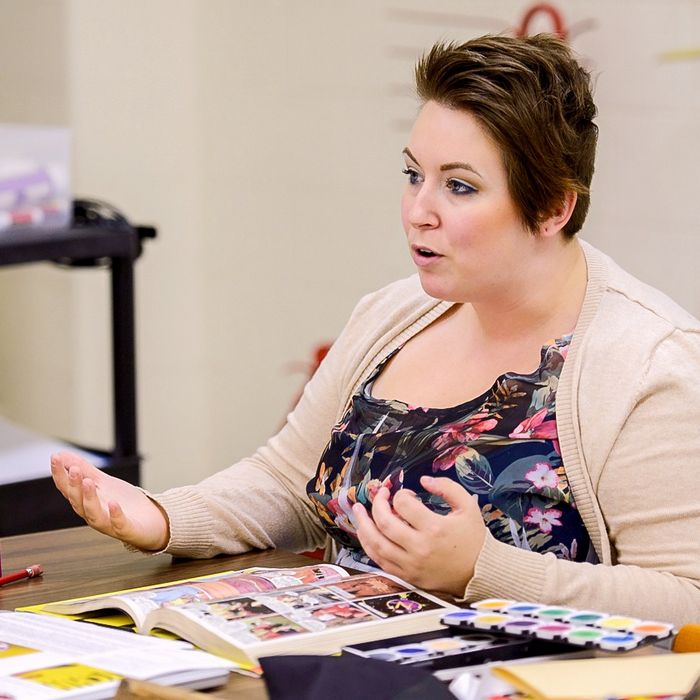
“It’s hard to be creative in a vacuum,” Zerbe said. “So a big component of this course will be sharing and critiquing work, learning to take and offer criticism and working collaboratively. These are tre-
mendously important life skills. Learning to do it through comics makes it a fun pro-
cess—but a valuable one—all the same.”
To emphasis the “fun,” both dressed up as their alter egos on the first day of class, and Zerbe even designed a course poster displaying them as the Mad Scientist and zerbeTRON.
So, who are Zerbe’s and Weinstein’s favorite comic book characters?
“Probably Professor Xavier (from the X-Men),” Weinstein said. “I just plain love his psychic abilities and general zen. That said, I think the humorist in me may like Plastic Man better. There’s something amazing about this guy. He has this really lame superpower, and he’s more or less a nobody in the superhero world—but he thinks he’s amazing.”
“One of the only characters that sticks with me is Kabuki, from David Mack’s series titled ‘Kabuki,’ ” Zerbe said. “To this day, Kabuki is one of my all-time favorites. It’s truly why I love the medium.”
Culinary Approach Allows Shu Students to Learn Chemistry in a New Way
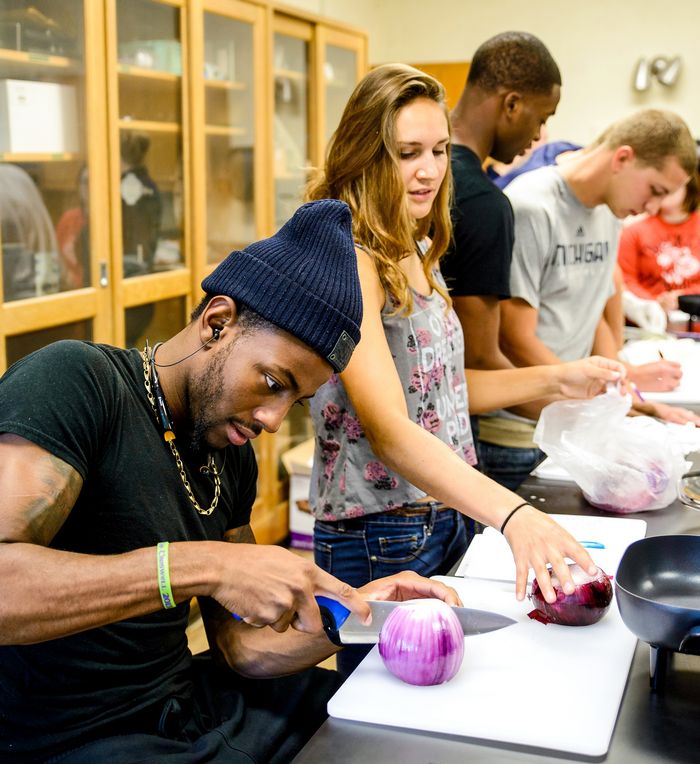
Julius Nagy brought the periodic table to the kitchen table at Siena Heights University.
Combining his love of chemistry and food, the assistant professor of chemistry designed and taught a culinary chemistry course over the summer and this fall on the Adrian campus.
“This class came about because our director of academic advising (Wiona Porath) expressed concern that we did not have enough science courses for non-majors,” Nagy said. “I’ve always had a thing for cooking and came up with the idea of using the ‘Good Eats’ television show from the Food Network.”
Created and hosted by celebrity chef Alton Brown, “Good Eats” took a scientific – and innovative – approach to food and cooking. Nagy said he wanted to adopt some of those same concepts for his class.
“Alton Brown does a good job of bringing science and history and a lot of elements in,” he said. “We used that as kind of the cornerstone.”
The five-week summer format meant that students had a short and intense immersion into the course, which included preparing different kinds of foods using various cooking methods, techniques and chemical reactions.
“We get to make food and understand the chemical changes it all goes through,” said SHU student Sydney Gossett, who is a communications major. “It’s really fun. And it’s really delicious. We’re making caramel today.”
“As a biologist, taking a class that is able to apply some of the chemistry and some of the biology that I’ve learned to a specific class and specific skills is amazing,” said SHU biology major Justin Bateson. “I love this class.”
Nagy said students watched “Good Eats” episodes to help prepare for projects, and part of the chemistry lab was converted into a makeshift kitchen.
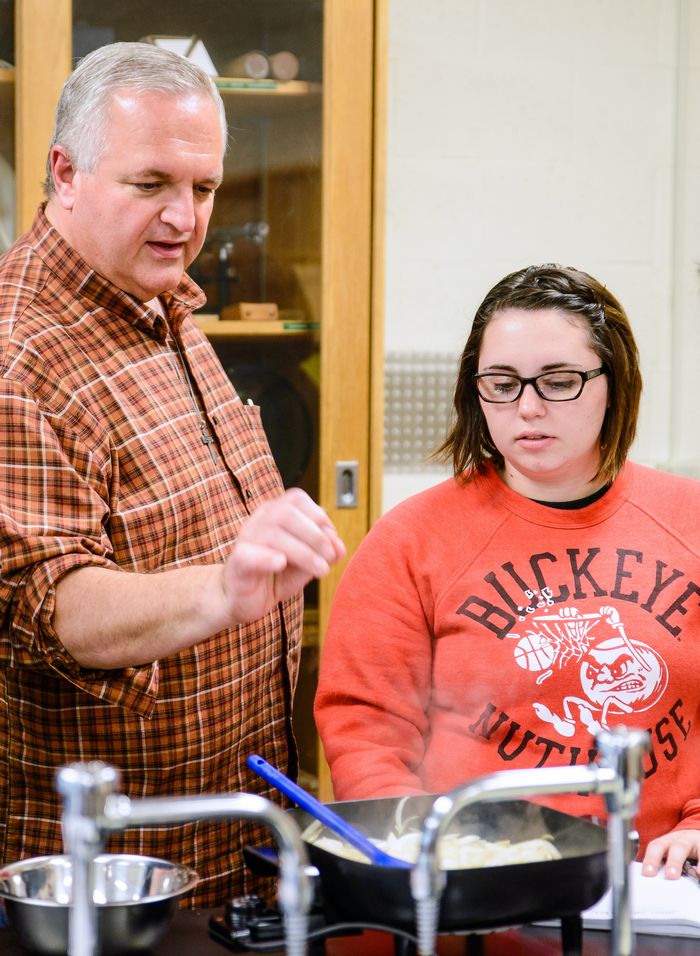
“Typically, when we do general chemistry, non-science majors are scared off by the numbers and the technical stuff,” he said. “It’s a different language. This is kind of a way that we can ease into some of the scientific language, but we can use things that they’re used to seeing, like eggs and pancakes and syrup.
So it’s not jumping in with both feet in a world they don’t know a whole lot about. We can go through a world that they know to get to them to some things they haven’t seen before.”
And not only see, but eat. Before the last class last summer, the class prepared food for faculty and staff to taste in an impromptu “potluck” on campus. Some of the prepared items included pickled vegetables, marinated mushrooms and unique condiments and salsas.
“It’s really nice to see the chemistry side of things,” Bateson said. “It’s easier to relate to the food in a way that I understand. … Before this class, I didn’t cook at all. I can now cook a little bit easier.”
“They’ve been willing to put their feet in the pool and learn,” said Nagy. “They can feed back some scientific things, and that’s what really I’m looking for. That’s part of the liberal arts experience, is that we can talk about these different fields. I think they are going to be able to talk some science more than they did five weeks ago.”
To see the culinary chemistry class in action, visit the Siena Heights YouTube homepage.
